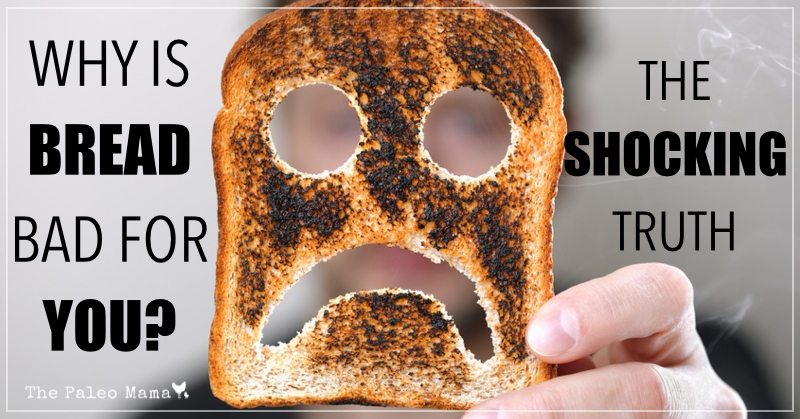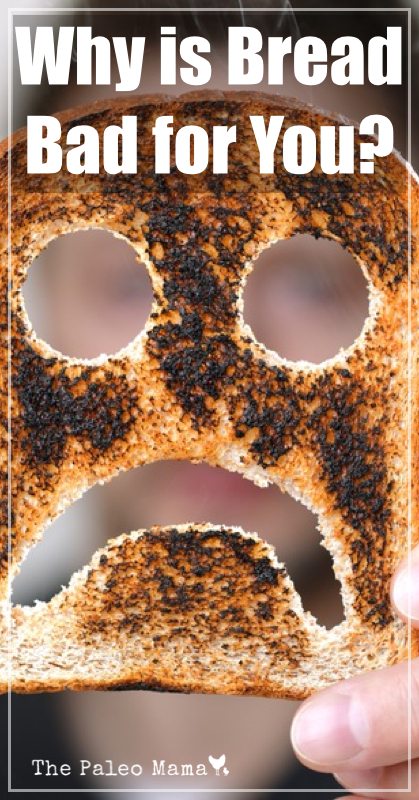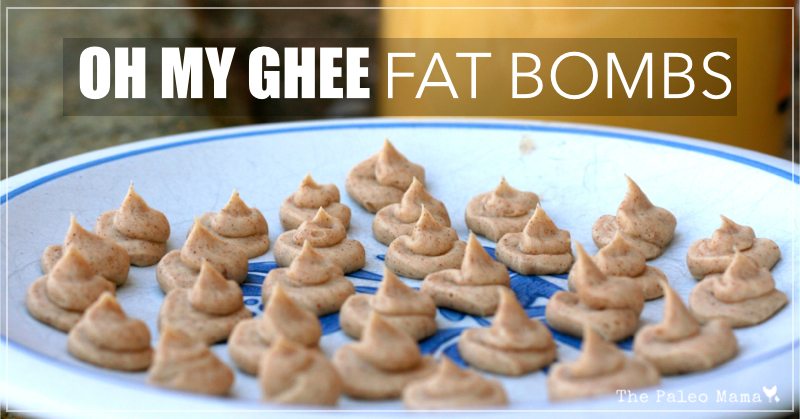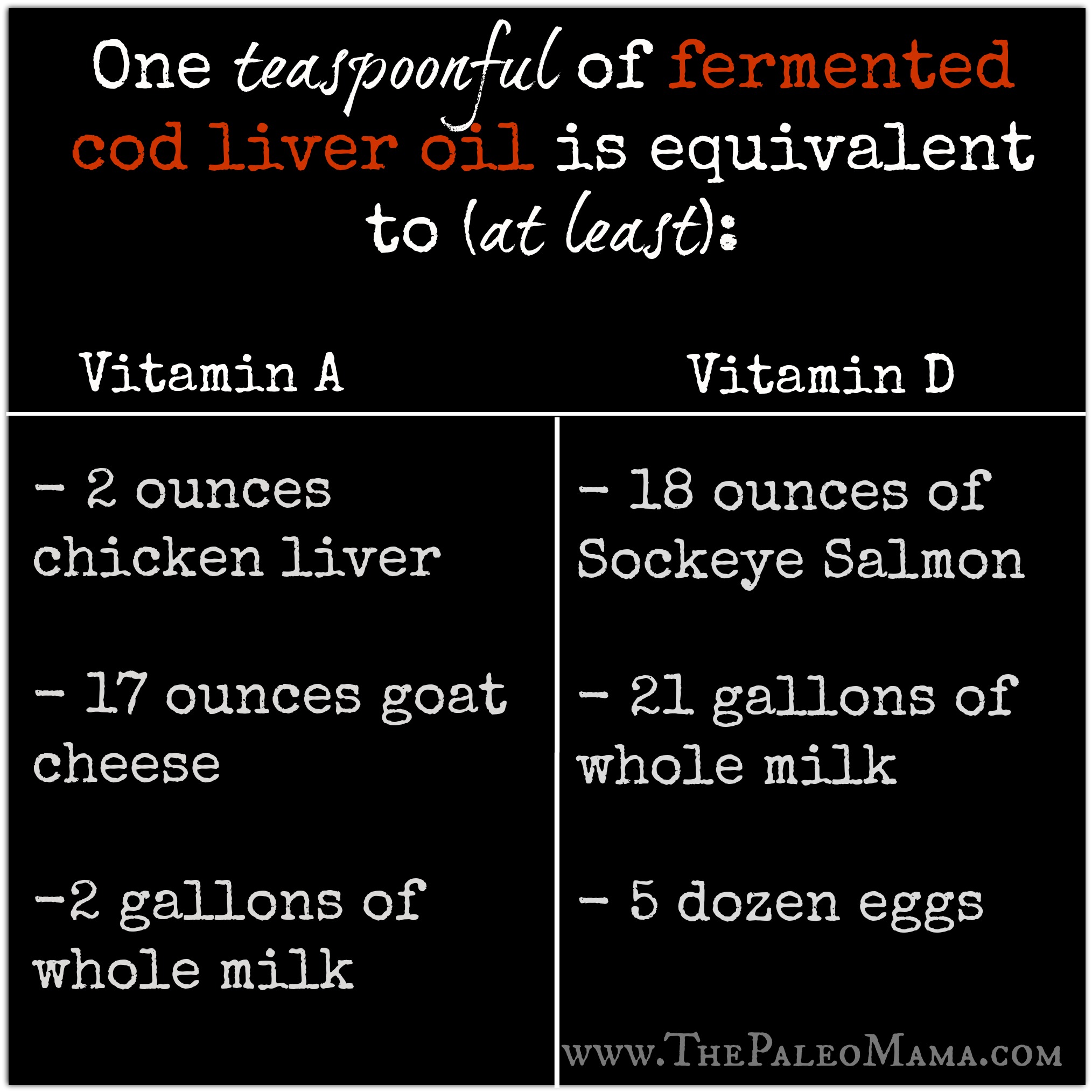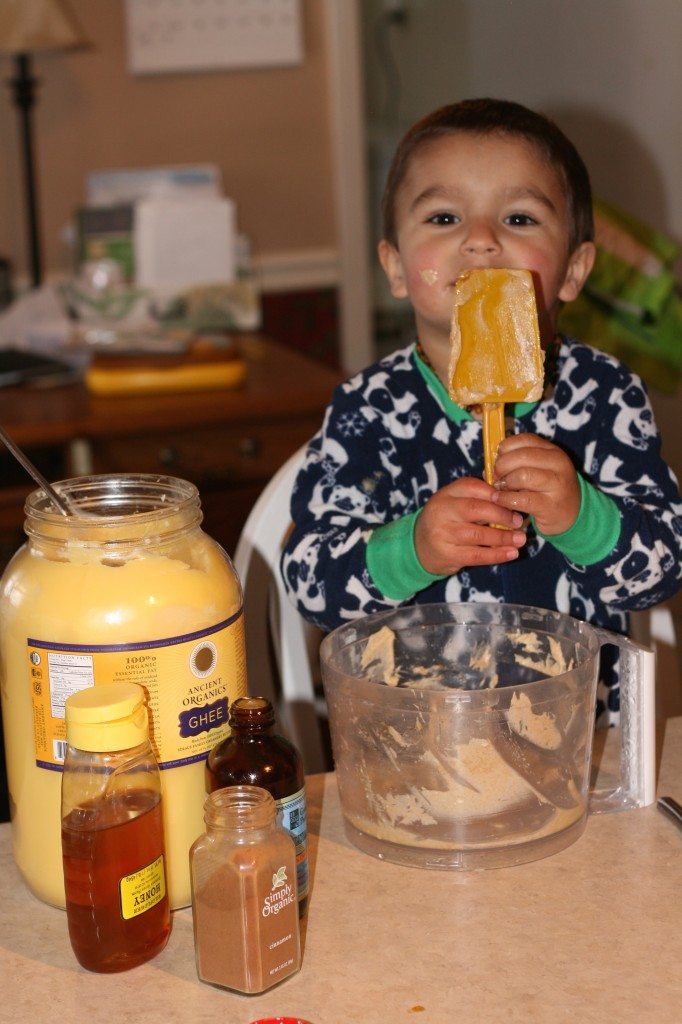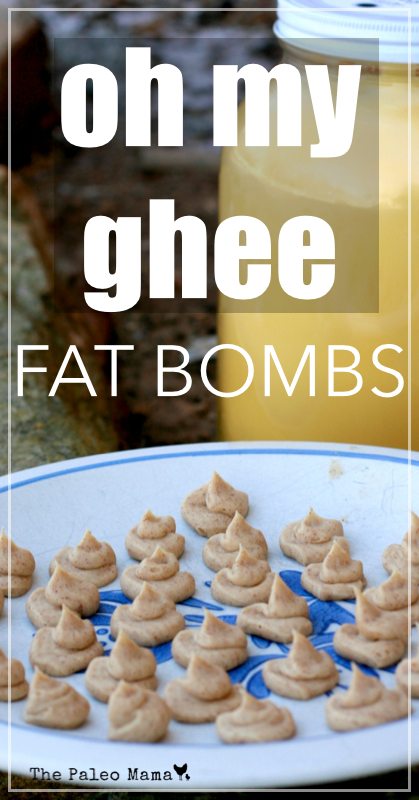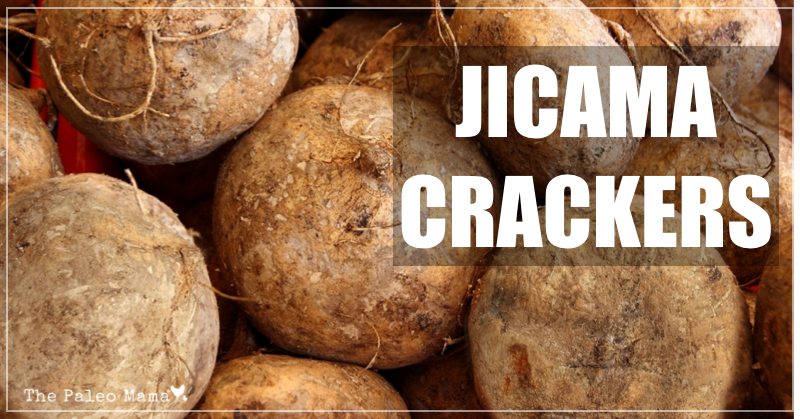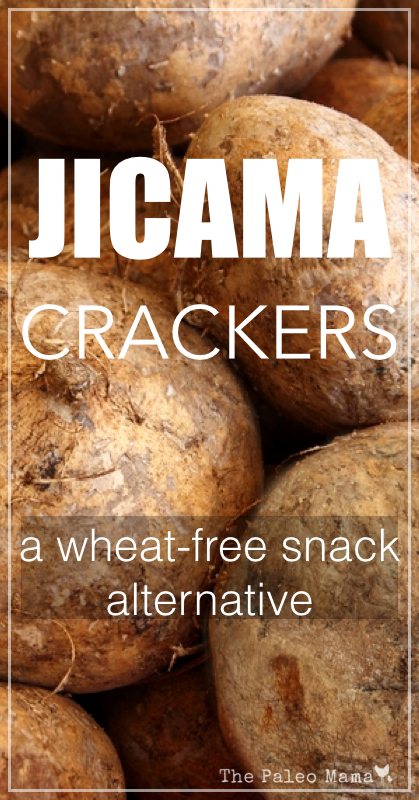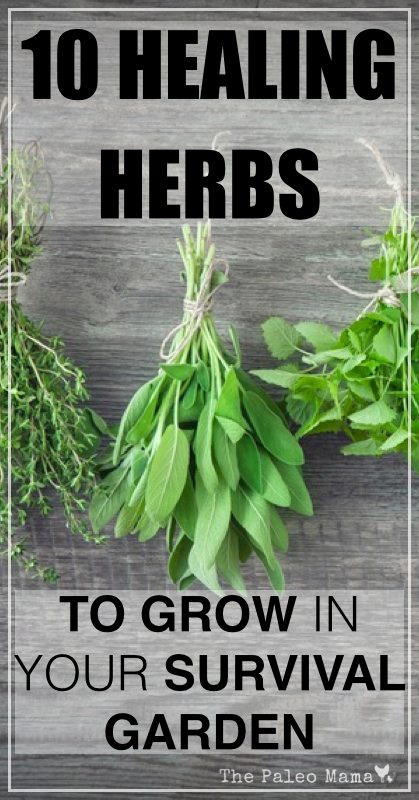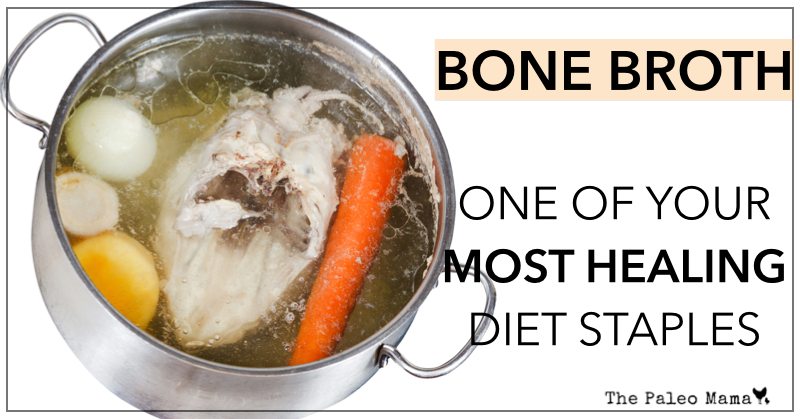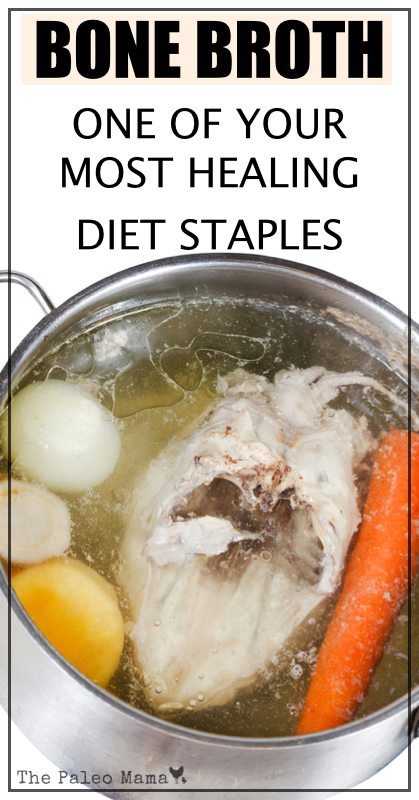
Was life less stressful for you pre-crunchy? Were you happier before you *knew* all these dangers and toxins and BPA and OH MY GOD DOES IT EVER END?
Do you feel more guilty being a “natural” mom because now you have to live up to the persona? Now you have to make sure you freaking read everything?!
Did your transformation into living natural become a transformation into now feeling like you suck at everything? At least *before* you didn’t know you were choosing harmful ingredients or detergent that could blow up a house. You were oblivious to it, right? You just enjoyed your little, happy life without giving anything else a thought. It was nice.
But now you see all these warnings and labels and artificial food colorings and your brain is about to explode. How can you be a good mom now and CHOOSE to buy something that has corn syrup in it?
Now you have to soak your nuts (hehe!) for 100 hours, and dehydrate your own jerky. You literally cry when you drive through Chick-Fil-A because you are submitting your kids to such dangerous chemicals in the food.
You feel more guilt.
You feel more stressed.
You feel less happy.
You feel less functional.
You….feel……….miserable, exhausted, and anxious.
You don’t enjoy this beautiful life anymore cause you are more stressed about the ugliness in this world. You no longer enjoy learning about natural and healthy living, you stress out when new studies come out and more pressure is now on you.
You CANNOT read ANY more blogs or websites. It’s just too much. You’ve blocked them from your feed. You are on healthy education overload and you are about to throw in your natural living, crunchy towel for good.
You know what moms…AIN’T NOBODY GOT TIME FOR ALL THAT.
The point is that you are TRYING. You are learning. You are making your home the best place that you can for your children. Most moms forget to give their kids their supplements, use disposable diapers over cloth, and forget to soak their nuts. Hell, I order pizza on occasion for my family! It’s OKAY. My kids are not going to die.
Yes, ignorance was bliss before. You gave your dogs crappy kibble without a second thought and your kids loved those Gerber Puffs. C’mon moms! You aren’t going to damage your kids, or your dogs. It’s not the “once or twice” that hurts us, it’s the lifetime of it.
If the natural remedies aren’t working, there is an amazing thing known as medicine. It’s not evil if you do it the right way. It’s a gift.
This is not the granola olympics and we are not trying to win the award of the crunchiest mom. Stop trying to live up to your fantasy Pinterest world and if you have to stop reading all the new articles that come out (don’t stop reading mine!), then so be it!
Go back to the basics. Read my post on how you might not be perfect, but you are enough for your family or this post on how this mother is done trying to make her kid’s childhood magical.
What is it that is most important to you?
Write out 5 things that are the MOST important to you and go from there. If you love pizza and so do your kids? Then eat the damn pizza on occasion. Your kids aren’t going to look back at you and say, “geez mom, how come you let me eat pizza so much?”
What is important to you? Is breastfeeding important to you? Put your energy into that.
Are you literally HATING cloth diapering? Then stop and buy a safe alternative.
Is making your own detergent getting annoying? Then don’t.
Make a decision to do the best that you can and then leave the rest to grace. Grace covers our inadequacies and our guilt and it fills us up with joy.
Go look at your kids face. Do you see a child who is wishing for more from you?
Tomorrow is a new day, my friends!

